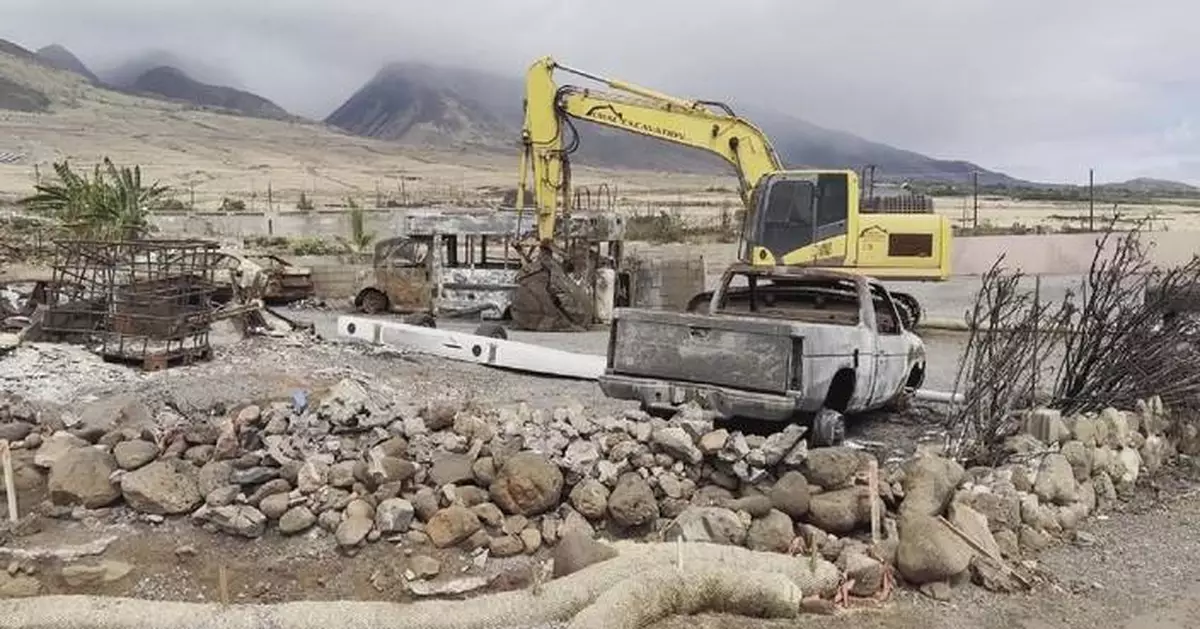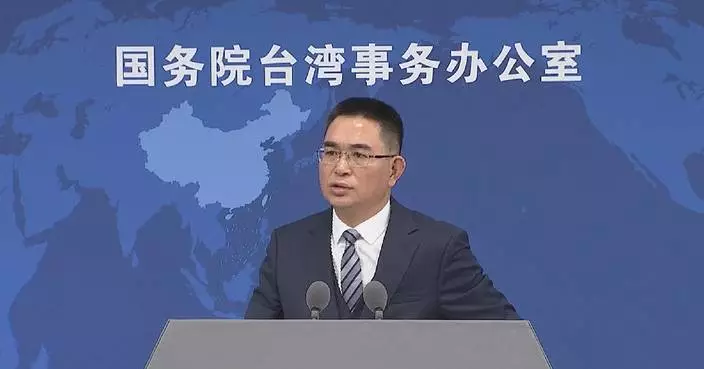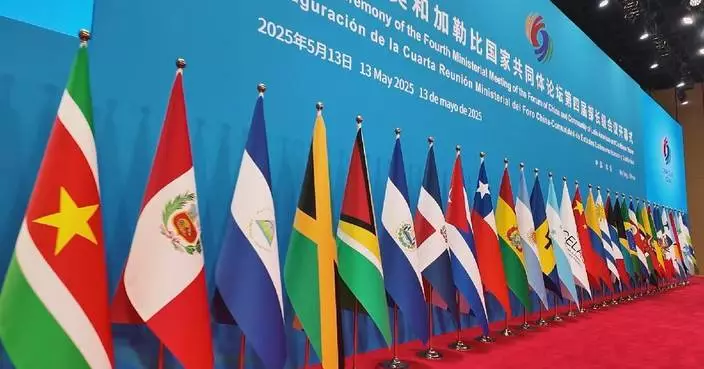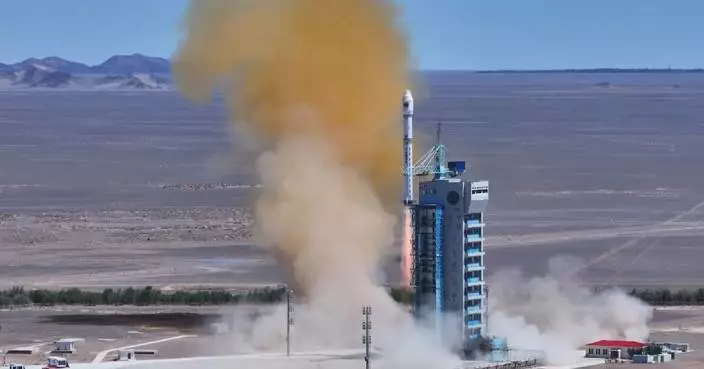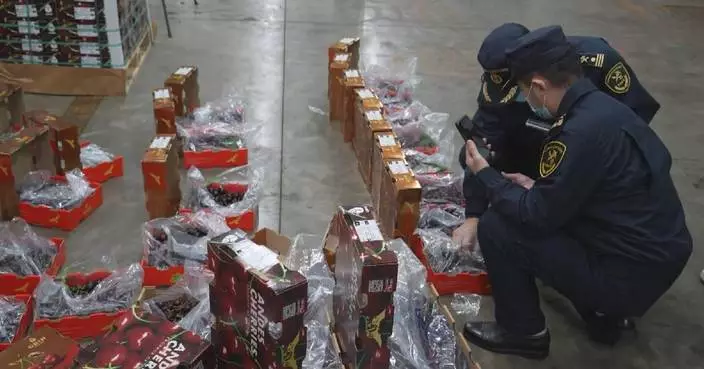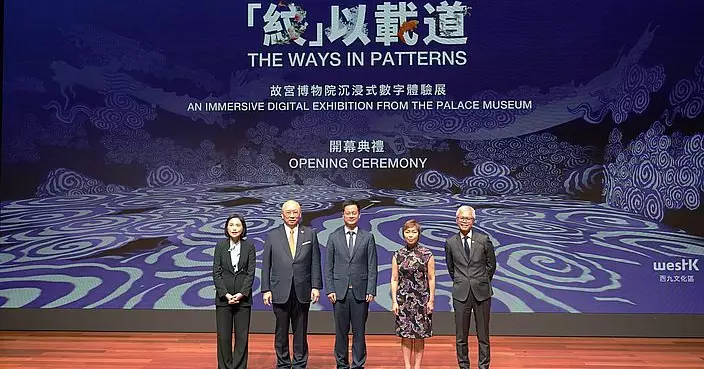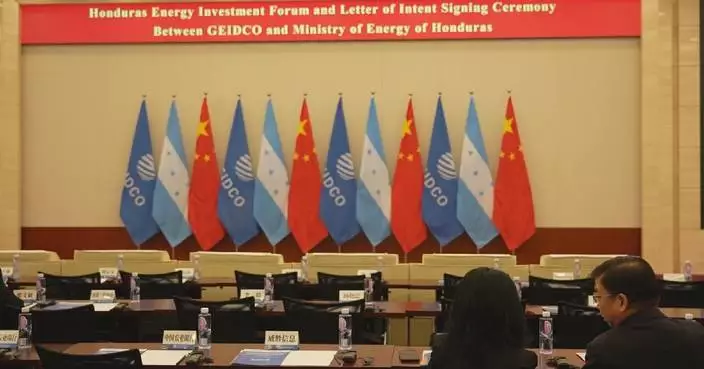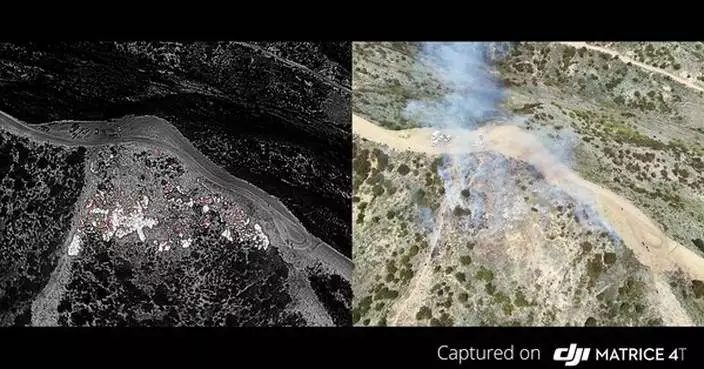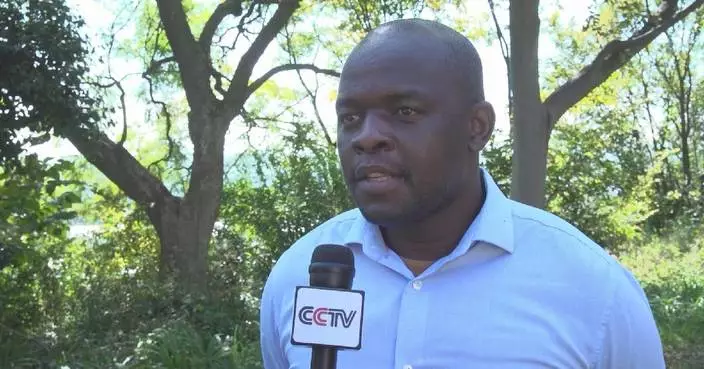Residents on the Hawaiian island of Maui are struggling to move on from the painful memories on the first anniversary of a devastating wildfire that claimed more than 100 lives. The fire, which broke out on Aug. 8 of last year, destroyed more than 2,200 buildings and caused about 5.5 billion dollars in damages, according to data released by the U.S. government. Hawaii Governor Josh Green on Friday announced a settlement totaling over 4 billion U.S. dollars to resolve hundreds of lawsuits filed after last year's deadly wildfire. However, it's still difficult for Cody Ball, a resident in the worst-hit Lahaina region, to accept that the wildfire engulfed and destroyed his hometown where he had lived for over 20 years. A total of 102 people perished in the fires, including some of his friends. Many were caught off guard, as the fire alert system failed and communications collapsed across the island. "I'm so frustrated by all this. Is that. They still could have sent the warning sign because there are probably people sleeping or not really thinking there was an emergency and have some sort of siren go off. But again, you know, the infrastructure combined with just absolute negligence is just ridiculous," he said. A memorial site was designated to honor the lost lives, with their pictures lined up on the side of a road. Soakai Taufa, who built it last year, is now getting ready to unveil what he called the Teardrop of Lahaina on the one-year anniversary. "The community is still in mourning. And can you see? There's a heart inside that is run through that whole teardrop. And those represent the missing tears," he said. Hundreds of displaced families were housed in hotel rooms for almost a year. Many had to move repeatedly, and some are now in temporary apartments paid by the Federal Emergency Management Agency. One year after fast-moving wildfires destroyed the town of Lahaina, Maui, there are visible signs of progress to rebuild. However, many still remain skeptical facing the settlement file, including Matty Schweitzer, a local filmmaker who has been documenting the lives of several victims. "I'm not a big fan of settlements like that. Yeah. Because, accountability is more important than money. If people are taking settlements, then it's, you know, money is the most important thing. Give me money, and I'll shut up and sign the papers, and I won't, and I'll make sure nobody needs to be accountable," he said.
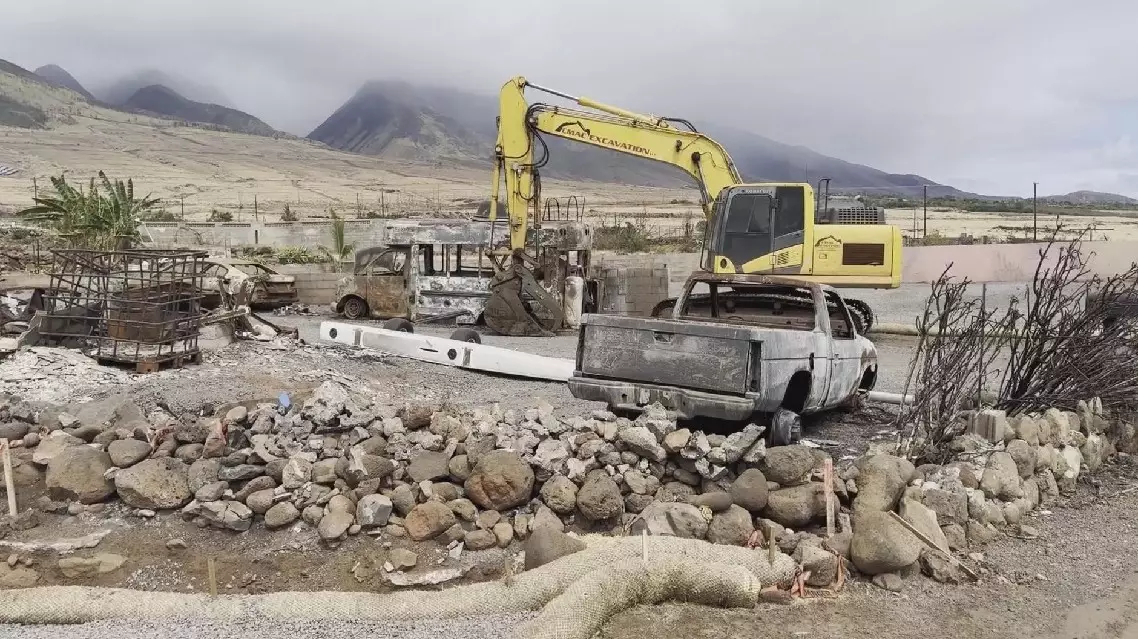
Maui residents strive to move on from painful wildfire memories


